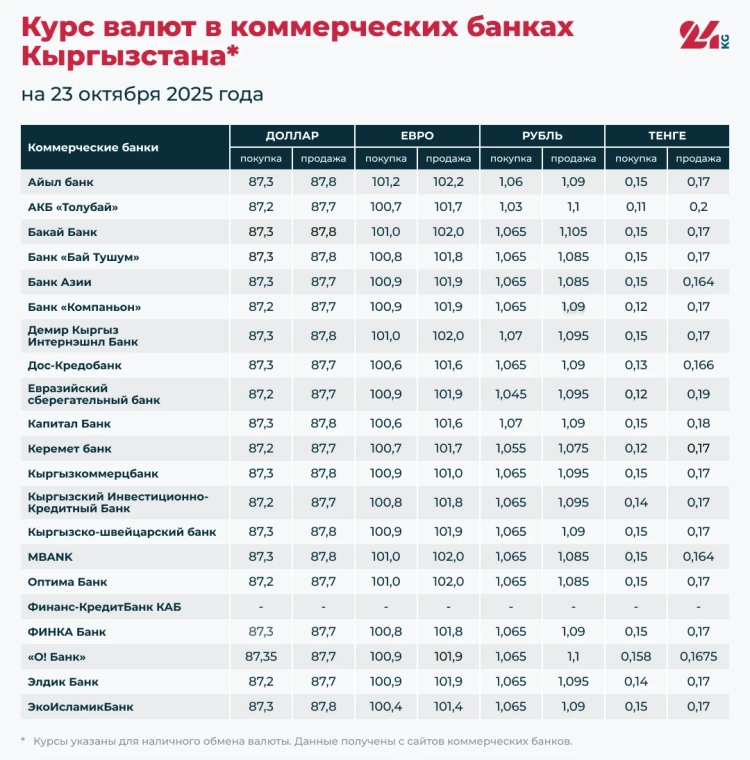The popularity of Chelsea attracts many fans who actively place bets on the club's matches. They also have access to Leon promo codes for new users. However, despite the advantages that bank financing provides, clubs must be cautious.
Financial Risks Associated with Borrowing
While banks help clubs grow, they also impose strict conditions that can become a serious burden. Interest rates on loans can be high, especially for clubs with unstable revenues.
If a team fails to qualify for European competitions or is relegated in the league, revenues from broadcasts and centralized payments significantly decrease. In such cases, the club may face demands from banks, which may request collateral, block part of the income, or even require the sale of assets.
Banking conditions often include financial covenants, liquidity requirements, and restrictions on transfer spending. Football league regulators may also intervene to control debt levels, as the Financial Fair Play system does.
The Impact of Financial Institutions on the Football Landscape
The growing influence of banks and borrowed funds leads to a significant gap between the strongest clubs and teams with limited resources. Clubs with a strong commercial base and support from global TV contracts can take risky loans, invest in infrastructure, and actively compete in the transfer market.
At the same time, less affluent clubs are forced to make tough decisions: selling key players, taking high-interest loans, and limiting their spending. They may also rely on funds from owners, but without bank support, which complicates their development.
Thus, bank financing can be a significant advantage if managed prudently. However, any mistakes in revenue forecasts, incorrect contractual obligations, or a decline in interest from sponsors can turn the debt burden into a serious threat. Finding a balance between the pursuit of growth and financial stability remains critically important.



































